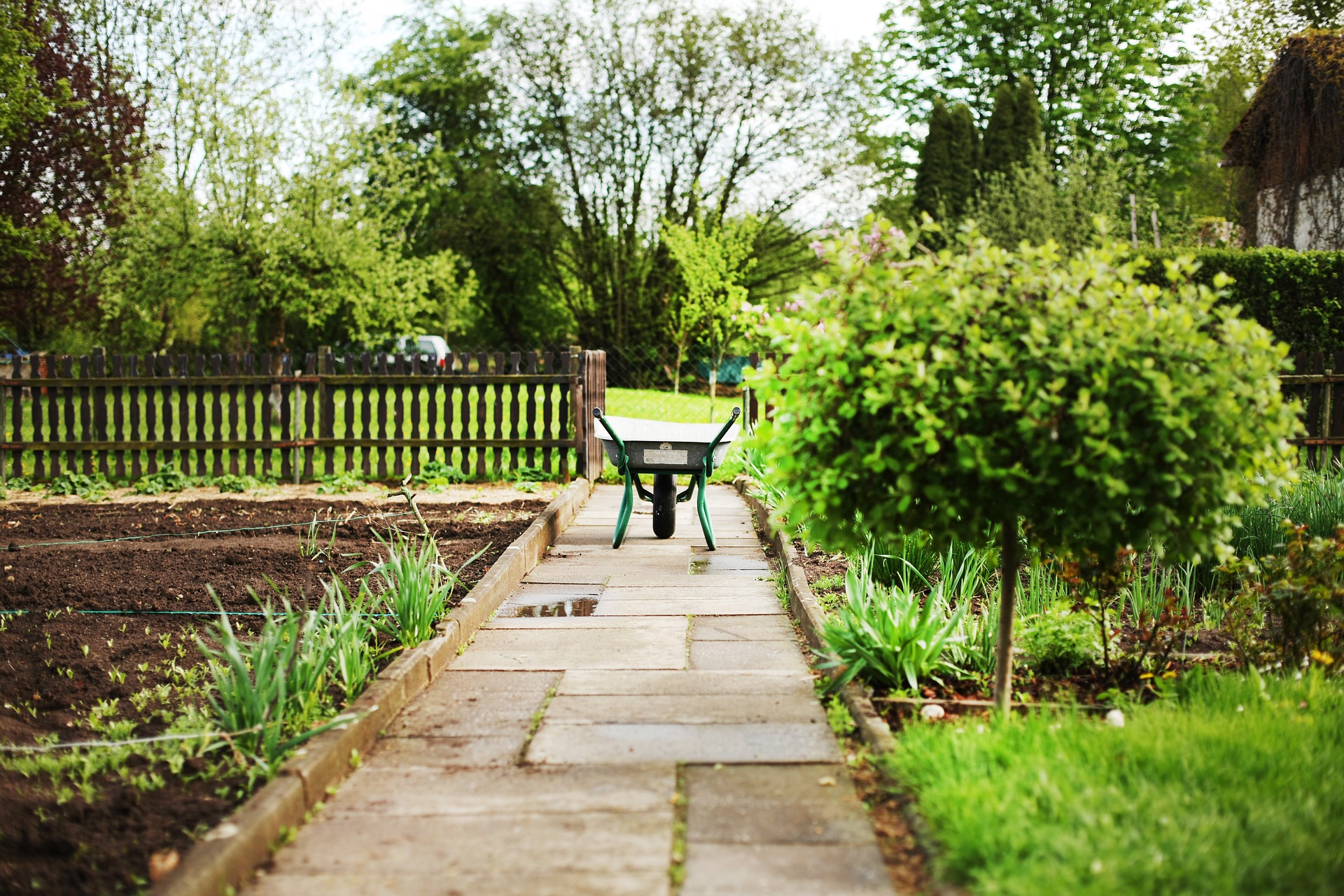Practical irrigation strategies for waterwise yards
A waterwise yard lowers water use while keeping plants healthy. This article outlines practical irrigation strategies—system choices, soil and mulch practices, plant selection, and routine care—to help landscaping and garden projects use water more efficiently without sacrificing visual appeal.

A waterwise yard balances form and function: it preserves plant health while reducing water use through deliberate choices in irrigation, soil care, plant selection, and landscape design. Effective strategies link the technical side of irrigation systems with everyday maintenance—mulch, compost, pruning, and appropriate planting—so yards look cared for without waste. This approach supports both softscaping and hardscaping elements, helping homeowners adapt lawns and beds to local climate patterns and soil conditions.
How does irrigation fit into landscaping and xeriscaping?
Irrigation should respond to your overall landscaping goals and local climate. Xeriscaping reduces water demand by using drought-tolerant plants, grouping species with similar needs, and minimizing high-water lawn areas. Integrating irrigation into that plan means sizing systems for zones, using targeted delivery where plants need it most, and avoiding blanket overhead watering. Thoughtful design connects hardscaping elements—paths, patios, and rock gardens—to plant areas so runoff is captured and plants share efficient water sources.
What irrigation systems suit lawncare and perennials?
Choose systems based on plant type: lawns often perform best with efficient rotors or smart sprinkler heads that deliver even coverage, while beds with perennials benefit from drip irrigation or soaker hoses that place water at the root zone. Smart controllers and soil moisture sensors reduce unnecessary runtime by adjusting schedules for rainfall and temperature. For mixed landscapes, create separate irrigation zones for lawncare, perennials, and shrubs so each receives the right frequency and volume without overwatering.
How can soilcare, compost, and mulch improve irrigation efficiency?
Healthy soil holds moisture longer and supports deeper root systems. Incorporating compost improves soil structure and water retention, especially in sandy soils, while organic mulch reduces surface evaporation and moderates soil temperature. A 2–4 inch mulch layer around beds and perennials conserves water, suppresses weeds, and contributes organic matter as it breaks down. Regular soil testing helps tailor compost and amendment plans so irrigation can be reduced without stressing plants.
How to integrate hardscaping and softscaping for water savings?
Hardscaping can direct water where you want it and reduce irrigated area. Use permeable paving, swales, or rain gardens to capture runoff and recharge planted areas. Softscaping choices—selecting native perennials and drought-tolerant groundcovers—shrink thirsty turf zones and make irrigation simpler. Design transitions between hard and soft elements so water from rooflines or patios can be diverted into planting zones rather than being lost to drains.
What role do pruning and pestcontrol play in waterwise yards?
Pruning shapes plants to maximize air flow and light, which helps plants use water more efficiently and reduces disease pressure. Removing dead or overcrowded growth lets irrigation reach healthy tissues rather than compensating for excessive foliage. Integrated pest control that favors monitoring and targeted treatments reduces stress on plants; stressed plants often need more water and are less drought-tolerant. Healthy maintenance practices therefore complement irrigation savings by supporting resilient plantings.
How to schedule and maintain an irrigation plan?
Establish a seasonal irrigation schedule that reflects plant types and soil moisture rather than fixed daily times. Water deeply and infrequently to encourage roots to grow downward; short, frequent cycles promote shallow roots and increase water needs. Inspect emitters, drip lines, and sprinkler heads regularly for clogs or leaks and adjust heads to avoid watering hardscaping. If you use a controller, program seasonal adjustments and consider sensors that skip cycles during rain. Keep a simple log of watering and plant performance to refine the plan each year.
In summary, practical irrigation for a waterwise yard combines appropriate system selection, soil care using compost and mulch, sensible plant choices, and routine maintenance like pruning and leak checks. Blending hardscaping with softscaping strategies and prioritizing root-zone watering yields reliable landscapes that conserve water and support healthy perennials and lawns without excessive effort.





